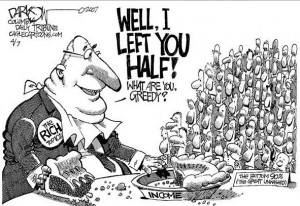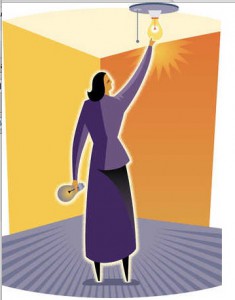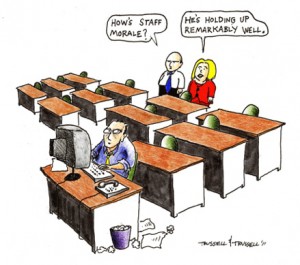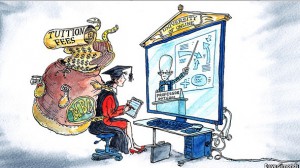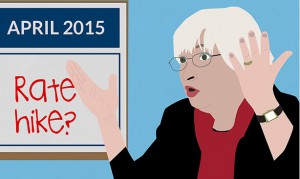We all know that men and women behave differently in myriad ways, including when it comes to money. Visa’s International Barometer of Women’s Financial Literacy survey, conducted with 25,000 male and female participants in 27 countries, confirmed the point: Men and women have different financial priorities.
But it’s not just men and women who differ in how they approach family finances. The study reveals some interesting findings that go beyond gender differences and reveal widely different priorities across countries and cultures, too.
For example, mothers in Mexico, Brazil, Bosnia and Serbia talk to their kids about finances more often than moms in any other nations. Mexican mothers, on average, have such conversations at least once a week during 41.7 weeks a year. Indonesian mothers talked to their children about money the least, averaging just 3.9 weeks a year. American mothers ranked eighth, talking to their kids about money management just a bit more often than once every two weeks.
The overall scores on Visa’s Financial Literacy survey are based on rankings in individual categories including budgeting, emergency savings, frequency in talking to children about money, perception of young peoples’ money skills, and the desired age for beginning formal personal finance lessons.
For many women, raising their children to be financially savvy is extremely important, particularly if they come from an economically stressful situation. More than likely, this is because the parents want their kids to be better off financially than they are.
Interestingly, the survey found that mothers, rather than fathers, spent the most time talking with their children about money management, budgeting, saving, responsible spending, and debt. On the other hand, men are slightly more likely to have a budget and emergency savings — two key indicators of economic stability for a family.
Women in Brazil rank highest overall on the survey, primarily because they earned high scores for having a budget, talking to their kids about money, and starting their children’s financial educations early. In each of those categories, Brazilian women were equal with Brazilian men. The one area in which these women lag behind men is saving for emergencies, with more than half (51 percent) having no savings at all.
Mexican women ranked low when it comes to having a budget and emergency savings, but they came in third overall because of their emphasis on teaching their children about money management. All those money talks must be working, though, because only a minority of Mexican women thought that young people and teens lack money skills. Compare that to Australian women (No. 2 overall), 64 percent of whom think young people lack basic knowledge about money.
Women in Indonesia and Pakistan were ranked lowest for financial literacy overall and hovered near the bottom in every category. And on every score, Pakistani women lagged behind Pakistani men. Women in Pakistan report having nearly no savings at all. And those who do don’t have enough to last one month. Indonesian women ranked last when it comes to talking to their kids about money and near the bottom for having a budget and emergency savings.
Women from the United States are fourth among the top five countries in the world for overall financial literacy, with men and women in this country virtually on equal footing when it comes to financial savvy. But American women only ranked among the top five in one category: budgeting. While 53.4 percent said they follow a budget, 24.2 percent said they don’t have a budget or they don’t have enough money for a budget. In 23 of the countries, a majority of women either have no budget or think they are unable to budget for economic reasons. In Canada, Russia and Belarus, women are more likely to have a budget than men.
Financial planners recommend that everyone have emergency savings of three to six months’ worth of expenses, but in only a handful of countries did the majority of women say they had three months’ of savings. Women from Taiwan and China averaged the biggest savings cushions at 3.7 months, and women in Hong Kong, Canada, and Australia each had an average of three months’ expenses or more in savings. Men, on the other hand, have saved more for emergencies in all but one country: Australia. The lack of emergency savings among women could be tied to the fact that in many countries, men control the household budget and women may not have any income of their own. In 22 countries, a majority of women have less than three months’ savings or none at all. In Egypt, Serbia and the Ukraine, more than 90 percent of women have less than three months’ savings. Pakistani women had the least savings, with an average of 0.7 months of expenses saved.
The survey’s findings reinforce the dismal reality that we’re already aware of: Most of the world’s population is dangling by a financial thread, one that could snap far too easily. But as women across the world continue to talk to their children about finances, it’s a trend that can be reversed in the future.



